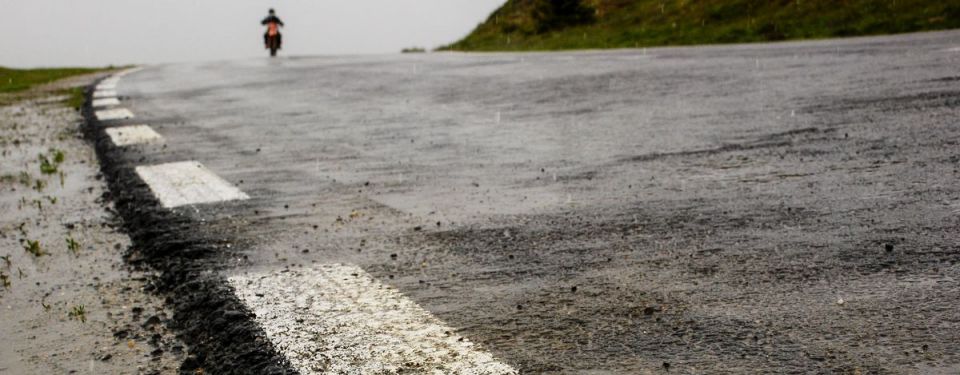
According to various studies, bikers are seven times more likely to be killed on the road than drivers of other vehicles. A motorcyclist forms a thin silhouette that is hard for other drivers to see, their speed is difficult to estimate and they can easily find themselves in the blind spot of a car, truck or bus.
General rules for motorcyclists
- Adapt the way you ride to the weather and road conditions.
- Get ready to brake earlier.
- Do not assume that your priority will be respected.
- Always expect other road users to make mistakes.
- Be wary at junctions and when passing road openings as well as car park and garage exits.
- When you start riding again after a winter break, take the time to get used to your bike again and attend a road safety training session specifically for motorcyclists.
- Make all the necessary technical checks on your bike (oil level, brakes, tyres, etc.) before the new season starts.
- Check your brakes before every outing.
- Check your tyres regularly (minimum tread depth = 1.6 mm, recommended 2.5 mm).
- Keep right in bends - an oncoming vehicle might encroach onto your side of the road.
- If the traffic is moving slowly, do not overtake the queue of cars unless you can clearly see what is ahead.
- Do not overtake in traffic jams on the motorway.
- Be careful of markings painted on the road and metal drain covers, which can be slippery.
Protective equipment
- Wearing a crash helmet (preferably a full face helmet) is essential to the safety of a motorcyclist. Every helmet must be approved and have an approval number or an ECE number (e.g. 05300282/P-005). Normally you will find this number on a small label inside the helmet. It is also important to make sure the visor is approved if it has been replaced or exchanged.
- Even in spring and summer weather, motorcycle clothing is vital for the rider's safety. The right gear will consist at least of sturdy ankle or longer boots, long trousers, a jacket, a kidney belt, a scarf and gloves. It is also recommended that motorcyclists wear clothing with fluorescent or reflective elements.
- Now there are also airbag vests available which are inflated by gas if the biker falls off in an accident. This system offers the motorcyclist better protection.

